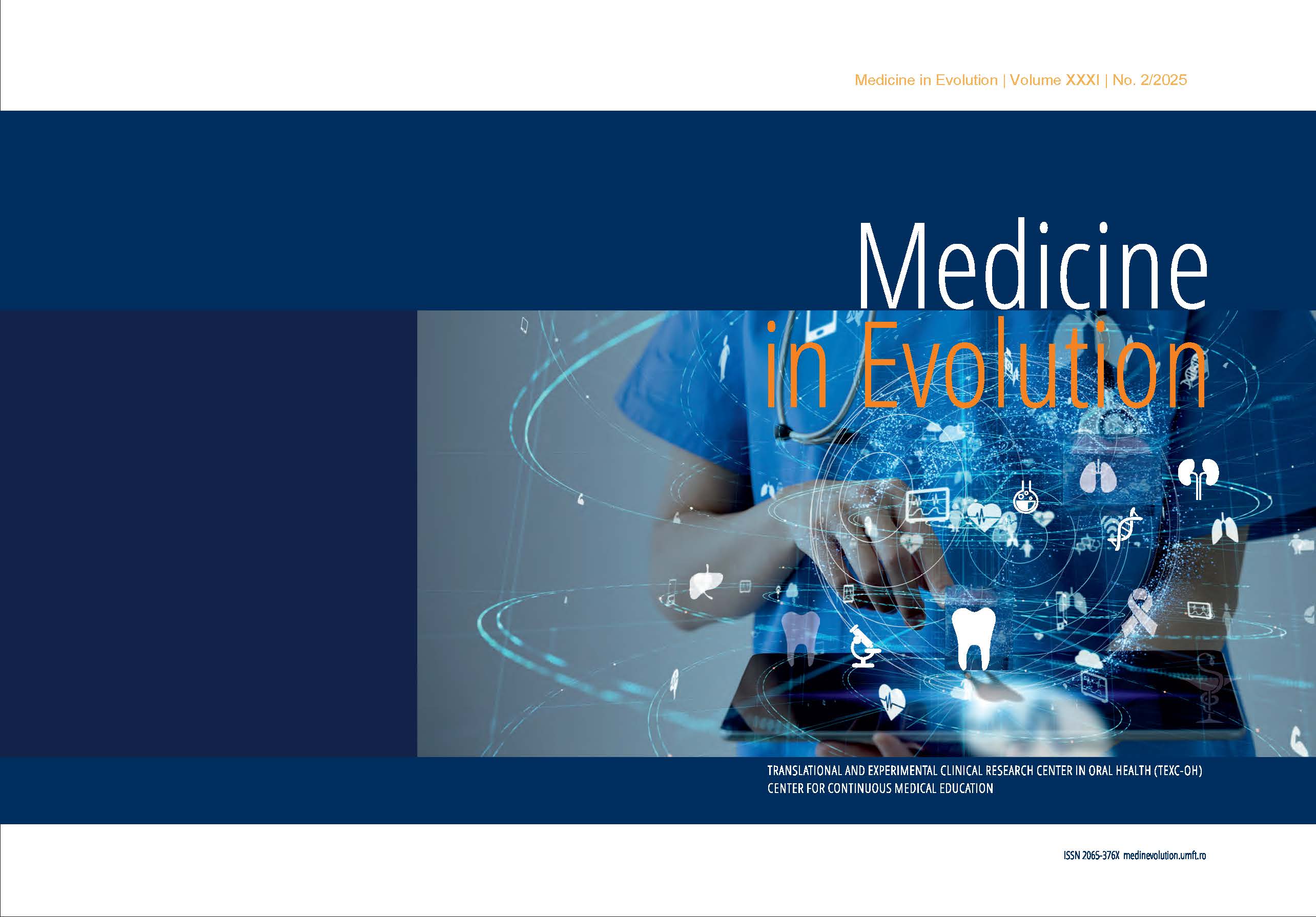The Impact of Injectable Biostimulatory Substances on Current Trends in Aesthetic Medicine: Focus on Poly-L-lactic Acid, Polycaprolactone, and Calcium Hydroxyapatite
Main Article Content
Abstract
In recent years, aesthetic medicine has witnessed a paradigm shift from conventional volumizing fillers toward regenerative, biostimulatory approaches that promote long-term skin health and natural rejuvenation. This analysis compares the most commonly used injectable biostimulators—poly-L-lactic acid (PLLA), polycaprolactone (PCL), and calcium hydroxyapatite (CaHA)—focusing on their mechanisms of action, clinical efficacy, safety profiles, and aesthetic indications. These agents stimulate neocollagenesis through controlled inflammatory responses, resulting in enhanced dermal structure and prolonged aesthetic outcomes. PLLA acts mainly via the TGF-β/SMAD pathway to promote type I collagen synthesis and fibroblast activation. PCL combines immediate volumization with long-lasting collagen stimulation and neovascularization, while CaHA induces fibroblast proliferation, angiogenesis, and extracellular matrix remodeling. The review underscores the growing preference for minimally invasive yet regenerative treatments, highlighting the importance of tailored therapeutic strategies to optimize clinical outcomes while ensuring patient safety.
Article Details

This work is licensed under a Creative Commons Attribution 4.0 International License.
